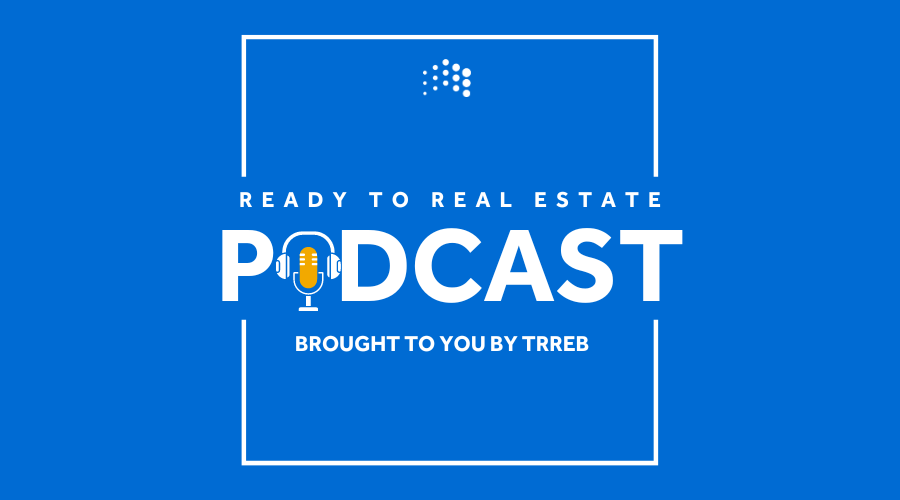The COVID-19 pandemic caused a fundamental shift in work in the Greater Toronto Area (GTA), with a huge impact on the traditionally bustling downtown core of office buildings. Two years into the pandemic, with some semblance of “new normal” on the horizon, what can employers and employees expect about the changing nature of work?
TRREB collaborated with the Toronto Region Board of Trade (TRBOT) and Maru Public Opinion to release Navigating the New Normal: Executive and Employee Perspectives on the Post-Pandemic Workplace, a report that delves into changing sentiments around work and office life and their related impacts on ancillary industries like downtown retail and transit. On a recent episode of the Ready to Real Estate podcast, host and TRREB Chief Market Analyst Jason Mercer discussed the report’s findings with Executive Vice-President of Maru Public Opinion John Wright and TRBOT’s Policy Director of Energy, Environment, and Land Use Craig Ruttan.
How do employees feel?
At the time of the polling, there was a renewed uneasiness surrounding the widespread Omicron variant and some uncertainty about when employees will return to work. John points to poll results indicating eight in 10 people were happy with the increased flexibility that a work-from-home model offers. Furthermore, they found that 40 per cent of people would look for other work if they were forced to return full time.
What about employers?
At the executive level, Craig mentions that the idea of “the great resignation” weighs heavy on their minds. To retain their talent, they need to pay attention to what workers are looking for. He notes that working from home, for the most part, has been really productive, which reduces some fear-based reasons for bringing people back into the office full time. But, he notes that some work, like brainstorming, is naturally more suited to face-to-face interaction, and the need for those interactions will drive the return to office. To that, they found that some office spaces are redesigning away from individual work cubicles in favour of collaboration and connection.
How might a move to hybrid work impact the city?
In terms of dollars and cents, John tracks both a gross and net loss to ancillary businesses (retail, coffee shops, etc.) in the downtown core. Fewer people heading into work means less business overall, and polls report that 37 per cent of people anticipated to spend the same amount or less than they used to.
In terms of transit, Craig adds that in the short term, there’s an added concern around the perception of safety on public transit. The average person might not be aware of investments in safety measures that transit organizations have made in response to COVID-19. This will have impacts on traffic and parking if more workers are taking their cars over using mass transit.
Whatever happens, Jason says he hopes for planning that shores up Toronto’s uniqueness as a “work and play” city – that in pre-pandemic life, it was natural for employees to enjoy leisure pursuits after work.
Jason, John, and Craig’s conversation offers a glimpse into what a post-pandemic downtown core might look like; catch their episode for more findings from the “Navigating the New Normal” report.


